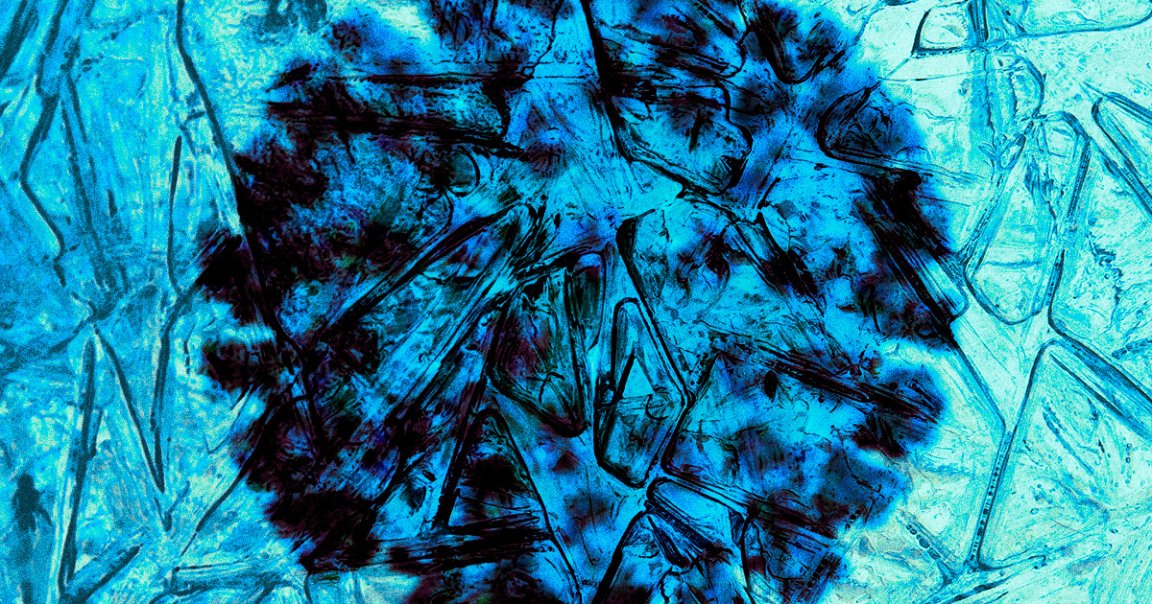
Scientists have decided to resurrect ancient “zombie” viruses found in Siberia’s permafrost in an effort to head off one of climate change’s freakiest eventualities.
As CNN reports, the gambit is being conducted by French medical and genomics researcher Jean-Michel Claverie, who’s testing whether or not a 48,500-year-old “zombie” virus he found could be reactivated as climate change causes its surroundings to melt.
Claverie, who is professor emeritus at the Aix-Marseille University School of Medicine, has spent years studying what he calls “giant” viruses, which can be seen with regular microscopes rather than the kinds used to see the ones we’re used to today.
With climate change causing unprecedented permafrost melting, scientists like Claverie are concerned that there could be a “spillover” event in which viruses like the seven he’s detected, jump hosts.
And the risk to humans isn’t necessarily zero, although researchers still don’t know if these viruses can technically infect humans, let alone make them sick.
“You must remember our immune defense has been developed in close contact with microbiological surroundings,” Birgitta Evengård, professor at Umea University in Sweden, who was not involved in the research, told CNN.
“If there is a virus hidden in the permafrost that we have not been in contact with for thousands of years, it might be that our immune defense is not sufficient,” she said. “It is correct to have respect for the situation and be proactive and not just reactive. And the way to fight fear is to have knowledge.”
So far, Claverie has twice been able to revive viruses preserved in ice, first in 2014, when he and his team thawed a 30,000-year-old permafrost virus and observed it infecting a single-cell amoeba, and again in 2015, when they isolated a different virus type that infected amoebas.
In his latest study, published last month in the journal Viruses, Claverie and his team detailed their discovery of five additional strains, the oldest of which clocks in at 48,500 years old, that were able to infect amoebas — and he’s concerned about what these findings may represent for humans and animals.
“We view these amoeba-infecting viruses as surrogates for all other possible viruses that might be in the permafrost,” the French scientist told CNN. “We see the traces of many, many, many other viruses, so we know they are there.”
To be clear, Claverie did admit that he and his team “don’t know for sure” if the other viruses echoed in his research thus far are still alive, but it nevertheless still gives him pause.
“Our reasoning is that if the amoeba viruses are still alive,” he explained, “there is no reason why the other viruses will not be still alive, and capable of infecting their own hosts.”
As scary as that prospect is, it represents just another potential outcome of the uncontrolled doomsday scenarios we face with our rapidly-changing climate.
More on climate change horror stories: Scientists Send Robot Under Doomsday Glacier, Alarmed by What It Found